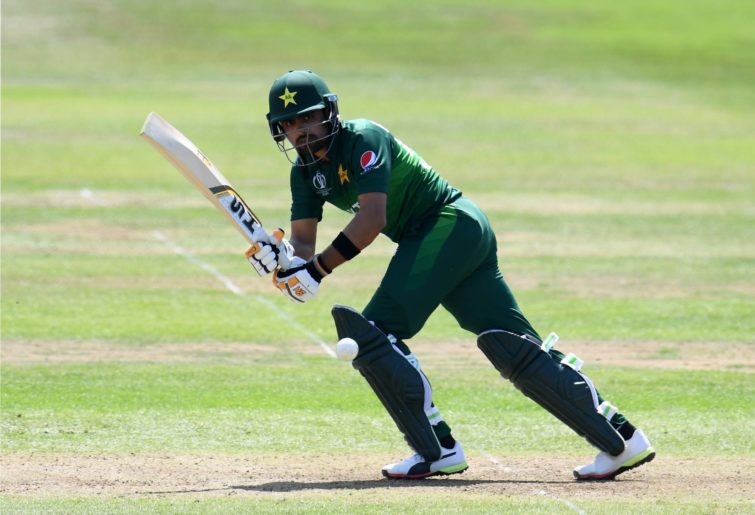COMMENT: Whitewash or not, was Pakistan’s entertaining fight worthy of more than three Tests?
We were hoping for a great contest, and we got one! Dave Warner might have gone out a winner, but there were many moments…
After winning the ODI series 2-0, Pakistan would not have thought that the young Sri Lankan team would give them such a tough fight in the T20Is.
Pakistan lost all three matches in the T20I series. After the senior players refused to play in Pakistan, the young Sri Lankan side would be joyful that they have defeated Pakistan away from home.
If we look at the recent T20Is Pakistan have played, they have won most of their matches batting first. Therefore, they have issues when they chase, which was evident during this series. However, they are on the losing side due to other issues too.
Conceding many runs during the power play
In the first T20I, Sri Lanka scored 64 runs at a run rate of almost eleven runs per over in the power play without losing any wickets.
Further, in the second T20I, they scored 52 runs at a run rate of almost nine runs per over and lost two wickets.
However, they managed to score 17 extra runs at the end than the first T20I. Therefore, Pakistan will have to create pressure on the opposition by conceding fewer runs.
Key bowlers underperformed
The two key bowlers of Pakistan, Mohammad Amir and Shadab Khan, failed to deliver their best in this series.
Amir bowled better in the first T20I. He conceded only 25 runs off his four overs but failed to pick up any wickets. Then in the second T20I, he gave 40 runs off his four overs for no wicket.
Amir has retired from Tests, so he will have to perform consistently better as he did in the final T20I to remain in the white-ball format, as there are many young bowlers warming the bench.
Shadab also conceded too many runs in these three matches. In the first T20I, his economy was 8.75 runs per over, then in the second T20I, it worsened to 9.5 runs per over. Plus, he collected only one wicket in each game, before going wicketless in the third T20I.
On the other side, Sri Lanka’s wrist spinner Wanindu Hasaranga picked eight wickets in total.
Therefore, looking forward to the T20I World Cup next year, Pakistan will have to look at their other spinning options as well.
While batting, wickets tumble quickly
The recent records show that Pakistan are not good chasers.

Pakistan has some batting issues to iron out. (Harry Trump-IDI/IDI via Getty Images)
In the first T20I, chasing 166 runs, they managed to score only 30 in the power play and lost three wickets as well. In the end, they were all out for 101 with two overs remaining.
In the second T20I, chasing 183 runs, they again got all out for 147 with still one over left. In the final T20I, they scored only 35 runs in the power play with the loss of a wicket, and in the end lost the match by 13 runs as wickets started tumbling.
Therefore, Pakistan needs someone from the top three to score runs and play long innings, as Haris Sohail did in the final T20I. They would want runs to be scored by their middle-order batsmen as well.
There are some serious issues in both the bowling and batting. Pakistan will have to find a way to solve those issues to move forward positively.